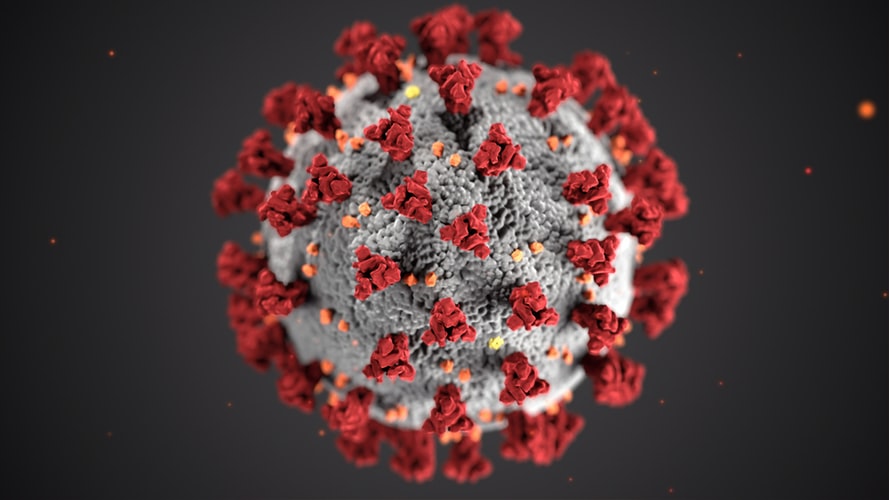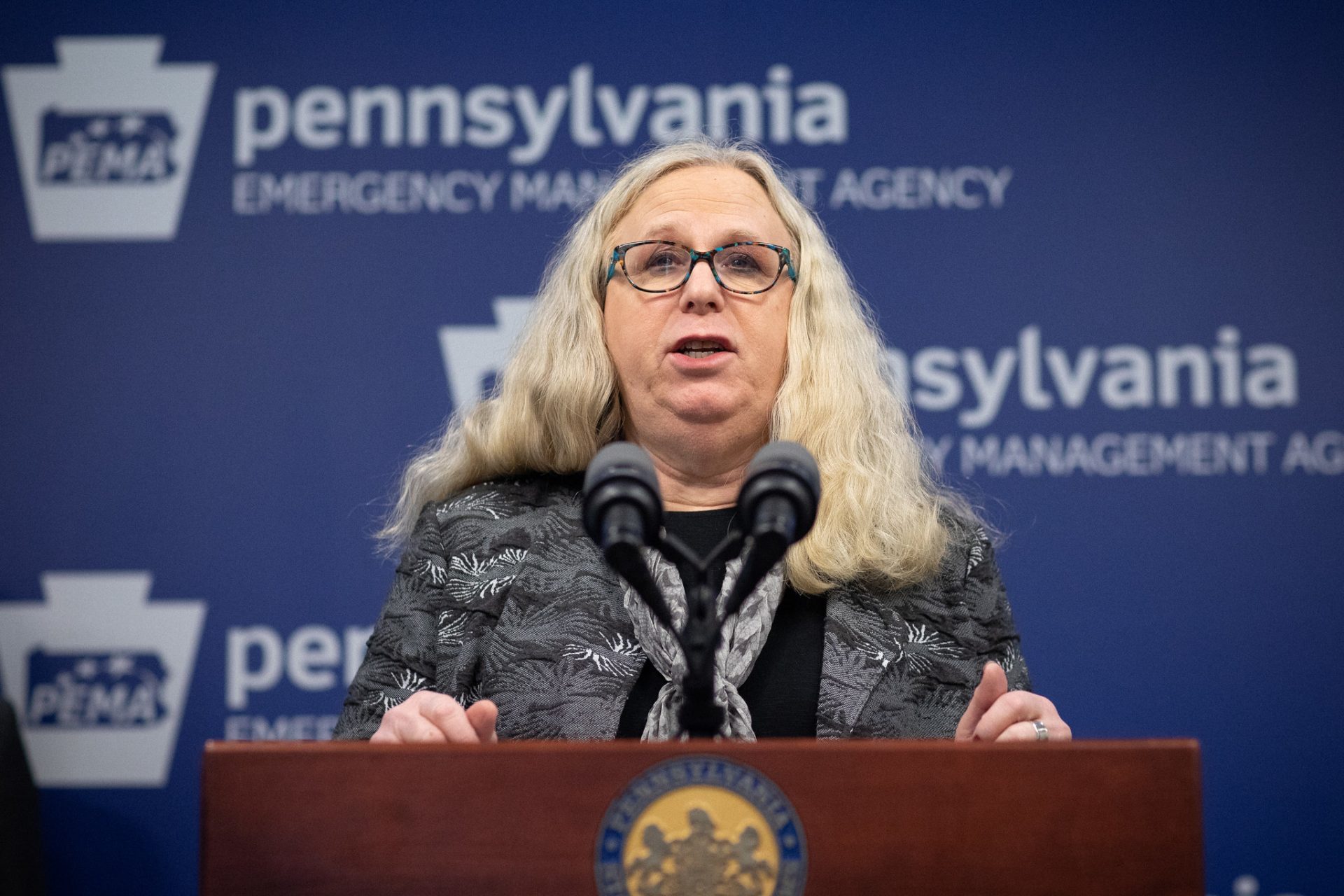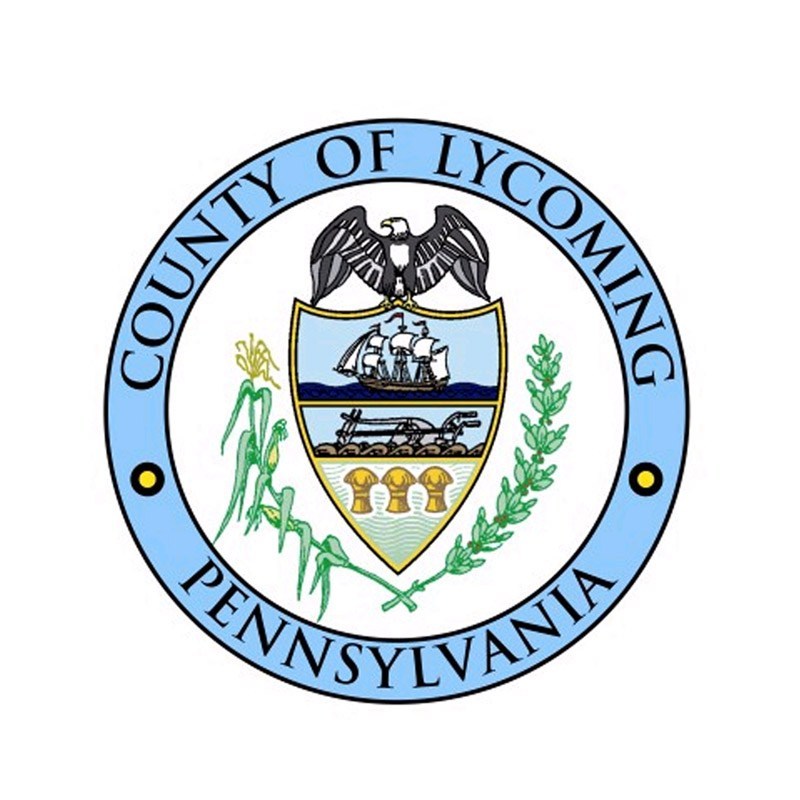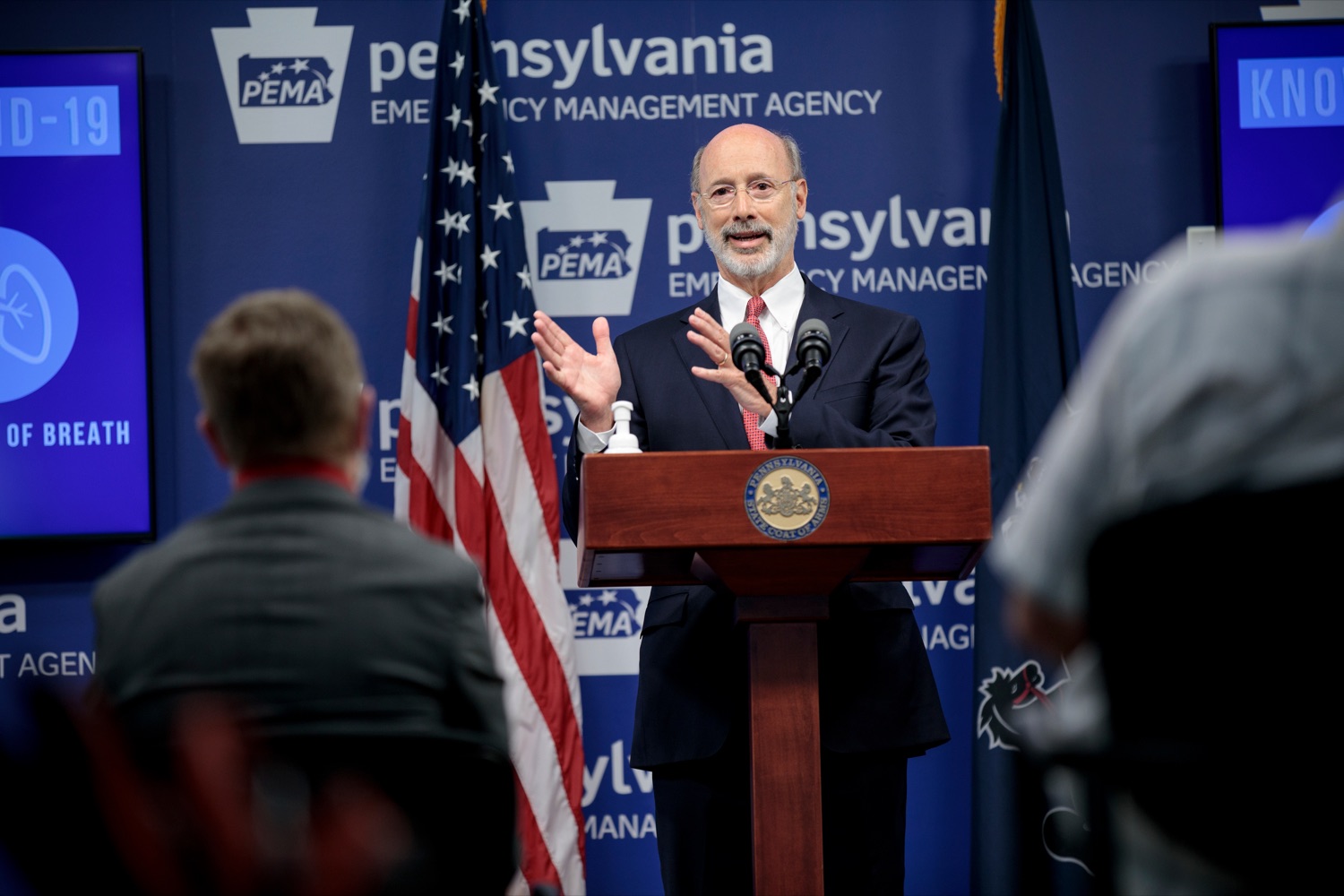Harrisburg, PA – The Wolf Administration’s Food Security Partnership today joined Feeding Pennsylvania and the Central Pennsylvania Food Bank to recognize Hunger Action Month and encourage continued support for Pennsylvania’s charitable food network, which has seen an unprecedented rise in need amidst the COVID-19 pandemic and accompanying economic downturn.
Leadership from the departments of Aging, Agriculture, and Human Services and the charitable food network partners also urged anyone who is having trouble making ends meet to remember that Pennsylvania’s charitable food network is ready and able to help so no one, no matter the circumstances they are facing, has to go hungry.
“The last six months have upended normalcy for all of us, but for too many Pennsylvanians, this crisis has destabilized financial situations and further strained resources for those already living at or near poverty,” said Secretary Miller. “Pennsylvania’s charitable food network mobilized quickly to serve individuals and families in their communities so people affected by job or income loss would not have to go hungry, and the Wolf Administration is incredibly grateful for their unending commitment to communities they serve. Hunger and food insecurity can have lasting impact on a person’s physical health and overall well-being. I urge anyone in need to use this resource so they do not have to go without this essential need.”
Inadequate food and chronic nutrient deficiencies have profound effects on a person’s life and health, including increased risks for chronic diseases, higher chances of hospitalization, poorer overall health, and increased health care costs. As the nation faces the COVID-19 pandemic, access to essential needs like food is more important than ever to help keep vulnerable populations healthy and mitigate co-occurring health risks.
“Nearly 6 percent of older adults in Pennsylvania encounter the threat of food insecurity. With many of them on a fixed income, they face the harsh reality of balancing expenses related to their basic needs such as meals, medications, rent and other essential needs. Older adults who are impacted by food insecurity have diets that are less nutritious, worse health outcomes and higher risk of depression,” Aging Secretary Robert Torres said. “I encourage every older adult who may be facing food insecurity to seek assistance by contacting either the Department of Aging or their local Area Agency on Aging. We are available to help you.”
More than 2 million Pennsylvanians – including 630,000 children – do not have reliable access to adequate, nutritious meals and live in food insecurity every day. According to Feeding Pennsylvania, nearly 1 in 20 Pennsylvanians are newly food insecure. Pennsylvania’s food banks typically serve approximately 2.2 million Pennsylvanians annually, but in the first three months of the public health crisis, these food banks had more than 5.5 million visits. The COVID-19 public health crisis has exacerbated food insecurity across nearly our entire commonwealth. Before COVID-19, three counties had a food security rate at or above 13 percent. Today, 64 of 67 counties are at least 13 percent food insecure, and 32 counties are at least 16.5 percent food insecure.
“Throughout the pandemic, our farmers, food processors, retailers and charitable food network have pulled together to keep food on the table for their neighbors across Pennsylvania,” Agriculture Department Deputy Secretary Cheryl Cook said. “These resources are available to those who may have never needed help before. No one in Pennsylvania should go hungry. Please reach out to your neighbors and friends to make sure they know there is help available.”
Pennsylvanians who need help feeding themselves or their family should find and contact their local food bank or pantry through Feeding Pennsylvania and Hunger-Free Pennsylvania.
“Since the beginning of the COVID-19 pandemic in Pennsylvania, our food banks have seen an incredible increase in the number of clients we serve, many of whom had never found themselves in a food pantry before,” said Jane Clements-Smith, Executive Director of Feeding Pennsylvania. “The charitable food network continues to work hard to meet the sustained increased demand, but we still need the support of our generous communities across the commonwealth. Hunger Action Month is another opportunity to raise awareness about hunger and to remind donors, volunteers, and stakeholders that we need their support to ensure that no one in Pennsylvania is denied access to nutritious food.”
Help with buying food is also available through the Supplemental Nutrition Assistance Program (SNAP). SNAP helps nearly 1.9 million Pennsylvanians by providing money each month to spend on groceries, helping households have resources to purchase enough food to avoid going hungry. SNAP is our country’s most important and most impactful anti-hunger program. For every meal provided by a Feeding Pennsylvania food bank, SNAP provides nine. While SNAP is intended to be a supplemental program, during a pandemic and historic unemployment, resources are strained, particularly for our lowest income Pennsylvanians.
Applications for the Supplemental Nutrition Assistance Program (SNAP) and other public assistance programs can be submitted online at www.compass.state.pa.us. Clients in Philadelphia with questions or who need a paper application mailed to them should call the Philadelphia Customer Service Center at 215-560-7226. Clients in all other counties can call the Statewide Customer Service Center at 1-877-395-8930. All Pennsylvanians experiencing financial hardships due to the pandemic, a lost job, or a change in income are strongly encouraged to apply and see if they qualify for assistance with food, health care, and other essential needs.
“Now is the time to take action,” said Central Pennsylvania Food Bank Executive Director Joe Arthur. “Since the beginning of the COVID-19 crisis, our team has distributed more than 200,000 Crisis Response Boxes and millions of pounds of fresh produce, milk, eggs, frozen meats, and more to our charitable food network, enough to provide more than 30 million meals. We know that the demand will continue to increase as there continues to be a huge economic impact from the crisis. By working together, we can provide the healthiest foods available to those in need in our communities.”
Anyone interested in volunteering can find organizations in need of volunteer support on the United Way of Pennsylvania’s 211 website.
For more information about food assistance resources for people around Pennsylvania impacted by COVID-19 and the accompanying economic insecurity, visit the Department of Agriculture’s food security guide.










